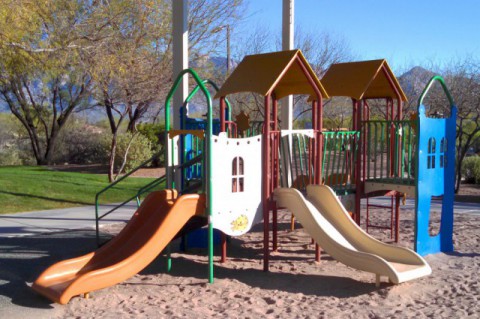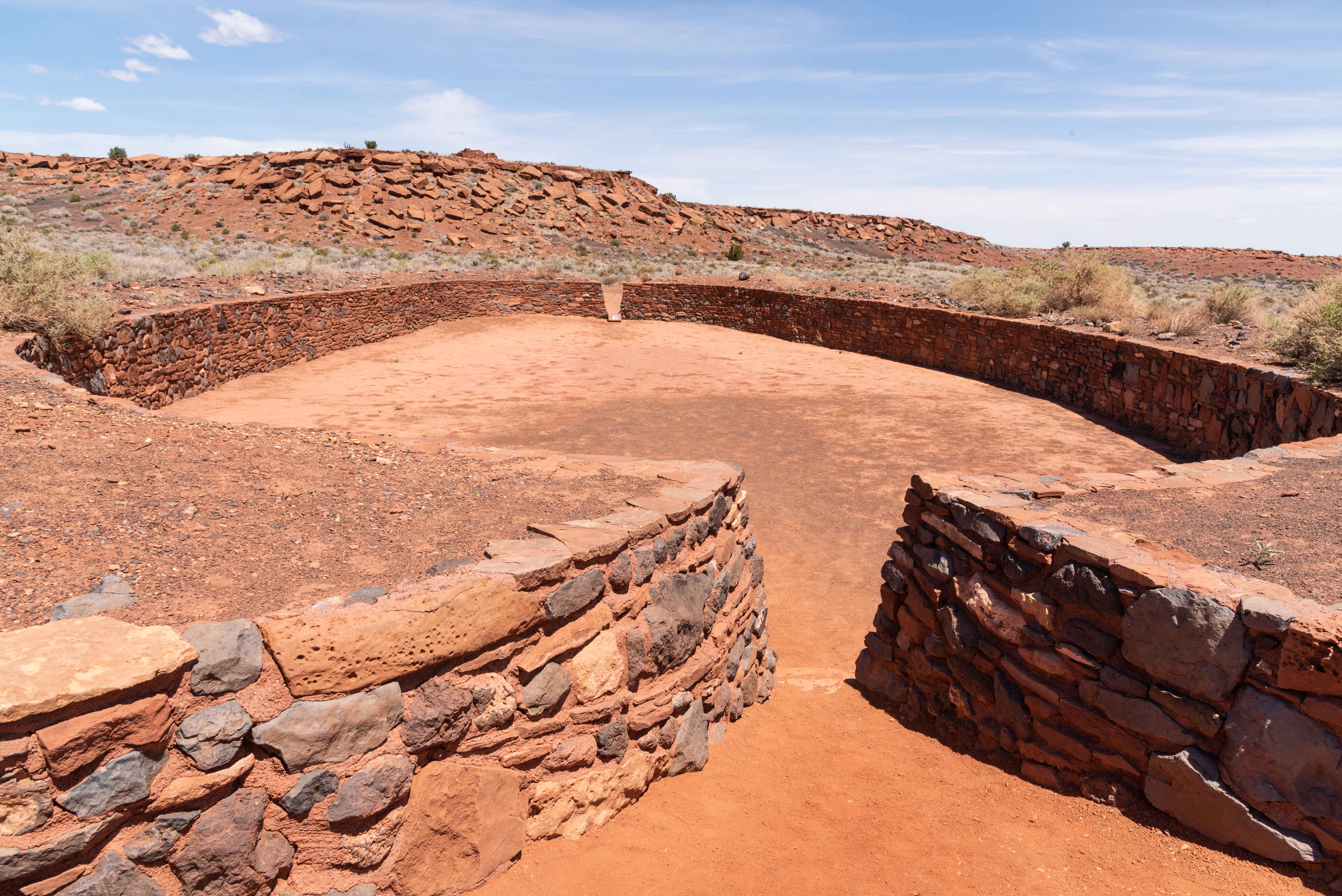

In Examining the farming/language dispersal hypothesis, ed. Conflict and language dispersal: issues and a new world example. Salt Lake City: University of Utah Press. Prehistoric warfare in the American Southwest. Albuquerque: University of New Mexico Press. Archaeology of Bandelier national monument: village formation on the Pajarito Plateau, New Mexico. The historical linguistics of maize cultivation in Mesoamerica and North America. Journal of Archaeological Research 10: 307–357. Recent issues in the archaeology of the Mimbres region of the North American Southwest. Exploring the Hohokam: prehistoric desert peoples of the American Southwest. Zuni origins: toward a new synthesis of southwestern archaeology. In Environmental change and human adaptation in the ancient American Southwest, ed. Long-term streamflow reconstructions, river channel morphology, and Aboriginal irrigation systems along the Salt and Gila Rivers. Laboratory for anthropology: science and romanticism in the American Southwest, 1846–1930. Santa Fe: School of American Research Press.įowler, D.D. Special issue, Archaeology Southwest 17(1).įish, S.K., and P.R. In the shadow of the volcano: recent research at Sunset Crater. Santa Fe: School of American Research Press.Įlson, M. Dragoon: Amerind Foundation.ĭownum, C.E., ed. Casas Grandes: a fallen trading center of the Gran Chichimeca. Proceedings of the National Academy of Science 106: 2110–2113.ĭi Peso, C. Evidence of Cacao use in the prehispanic American Southwest. Albuquerque: National Park Service.Ĭrown, P.L., and W.J. A biocultural approach to human burials from Chaco Canyon, New Mexico (Reports of the Chaco Center 9). Tucson: University of Arizona Press.Īkins, N.J. Tucson: University of Arizona Press.Īdler, M.A., ed. Tucson: University of Arizona Press.Īdams, E.C., and A.I.

Centuries of decline during the Hohokam classic period at Pueblo Grande. Tucson: University of Arizona Press.Ībbott, D.R., ed. Ceramics and community organization among the Hohokam. Copyright © 2023, Columbia University Press. The Columbia Electronic Encyclopedia, 6th ed. The region has been inhabited in historical times by the Pima and the Tohono O'Odham, although it is not entirely clear that the Hohokam were ancestral to either group. Debate persists regarding the fate of the Hohokam. Most archaeologists agree, however, that Hohokam culture evolved from local archaic antecedents (see Americas, antiquity and prehistory of the). Evidence also shows that they maintained extensive trade connections with groups further south, leading to speculation that the Hohokam settlements were founded by Mesoamerican migrants. Many architectural features of Hohokam settlements, including sunken ball-courts and pyramidal mounds, bear striking similarities to structures common among contemporary populations in central Mexico. They are noted for their extensive irrigation systems, with canals over 10 mi (16 km) long that channeled water to agricultural fields in an otherwise arid and inhospitable environment. Hohokam hō´hōkăm˝, hōhō´kəm, term denoting the culture of the ancient agricultural populations inhabiting the Salt and Gila river valleys of S Arizona (AD 300–1200).


 0 kommentar(er)
0 kommentar(er)
